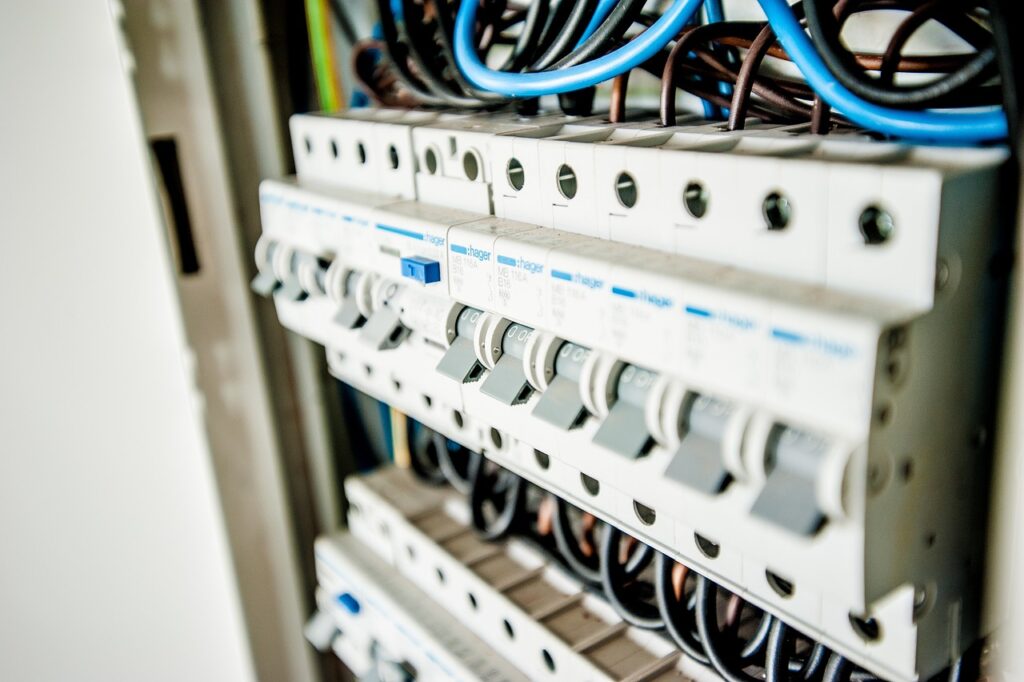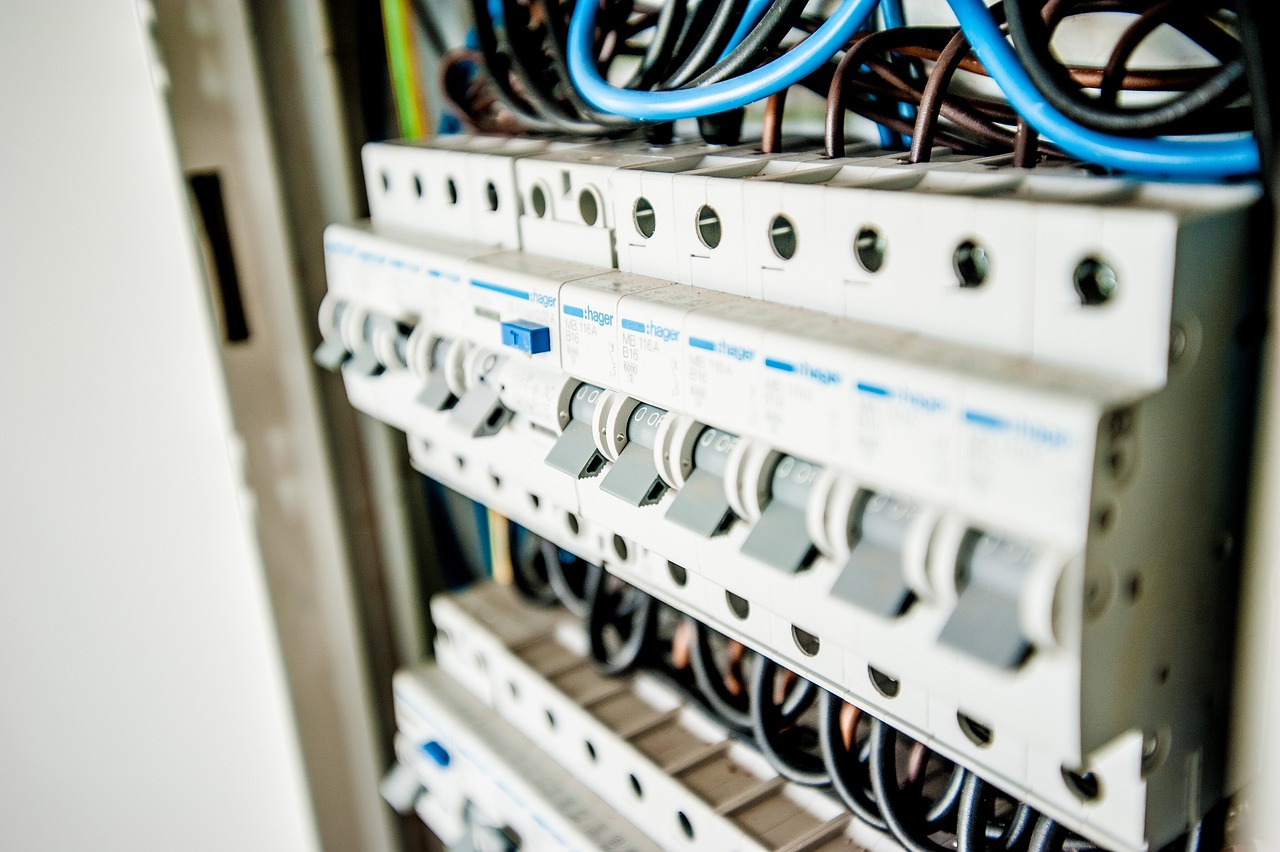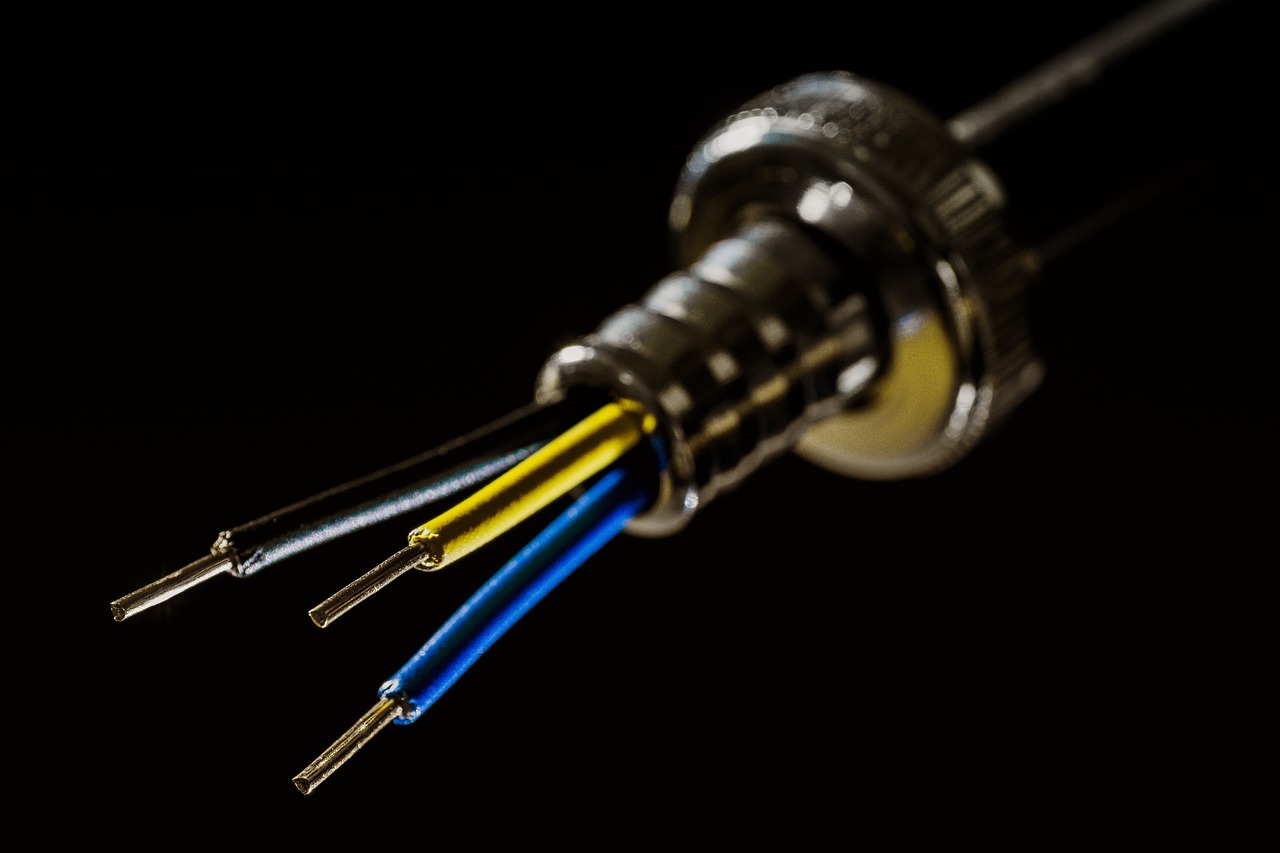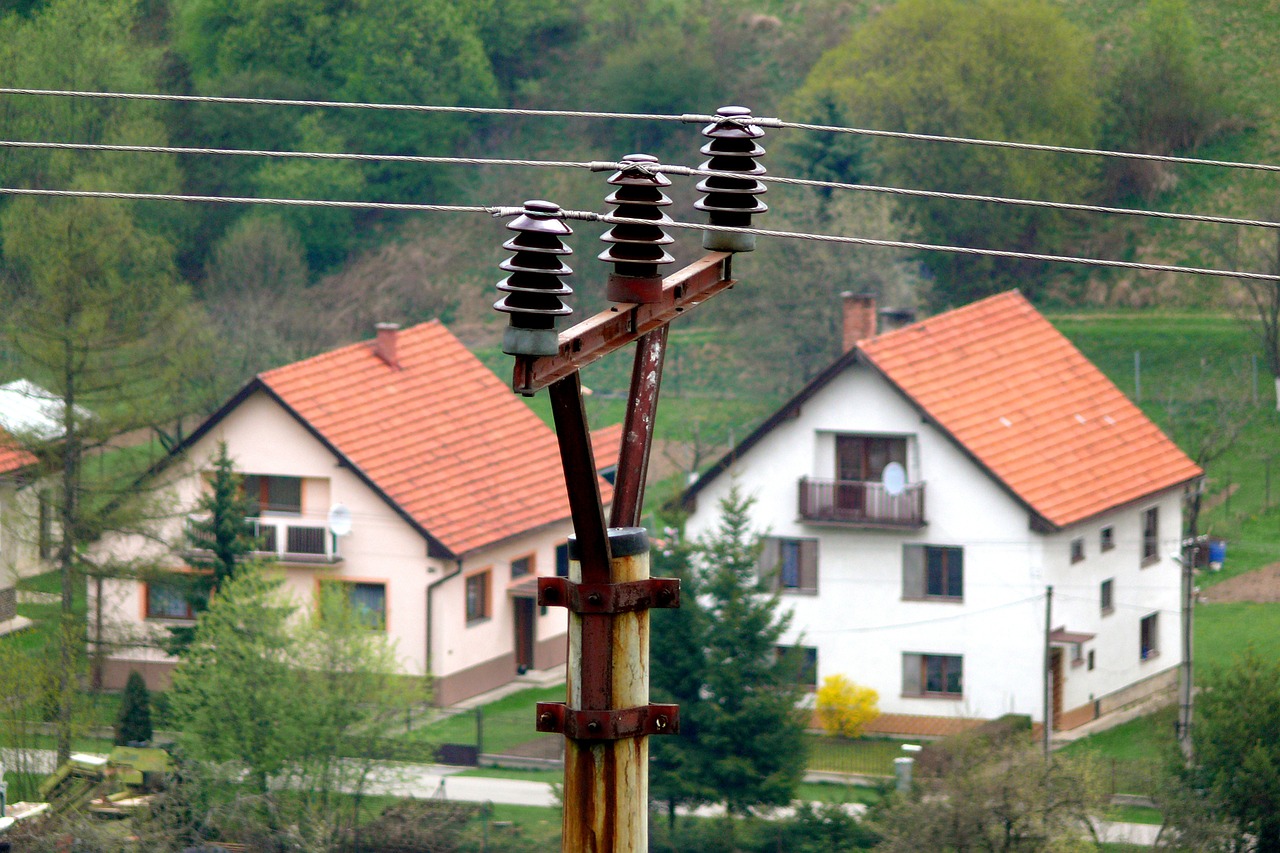If you’re planning on rewiring your home, it’s important to have the right tools for the job. Without the proper equipment, you could put yourself and your family at risk of injury or electrical shock. Luckily, with the right tools and precautions, rewiring your home can be a manageable and safe project.
One essential tool for any home rewiring project is a voltage detector. This tool will help you identify live wires and avoid accidental electrocution.
In addition to a voltage detector, you’ll also need wire cutters to cut wires to the appropriate length and wire strippers to remove insulation from the wires. A screwdriver set will also come in handy for tightening connections.
And, if you need to make holes in walls and floors to run wires, a drill will be necessary. With these tools at your disposal, you’ll be well-equipped to tackle your home rewiring project with confidence and safety in mind.
Voltage Detector for Safety Precautions
Before you start any rewiring project at home, it’s essential to have a voltage detector on hand to ensure your safety. The voltage detector is a small, handheld device that can detect the presence of live electrical currents in wires and outlets. This tool is crucial because it allows you to check if a wire is live or not before you touch it.
It’s important to note that proper use of the voltage detector is just as crucial as having it on hand. Before using the device, make sure you read the instructions carefully. Always test the detector on a known live wire first to ensure that it’s working correctly.
Also, remember to keep the detector properly grounded by placing your hand on a grounded surface while holding it. By following these guidelines, you can use the voltage detector safely and efficiently during your home rewiring project.
Wire Cutters for Cutting Wires to Size
To get wires to the right length, you’ll need wire cutters. This tool is essential for any home rewiring project, as it allows you to cleanly and precisely cut wires to the proper length.
When working with electricity, it’s important to follow wire management techniques to prevent any accidents or hazards. Cut wires should be properly labeled and organized to ensure easy identification and maintenance.
Not only do wire cutters aid in wire management, but they also ensure electrical code compliance. The National Electrical Code (NEC) mandates that all wires must be cut to the correct length to prevent electrical hazards.
Wire cutters help you achieve this requirement, as they allow you to make accurate cuts quickly and efficiently. By using wire cutters, you can ensure that your rewiring project is safe and up to code.
Wire Strippers for Removing Insulation from Wires
When you’re working with wires, it’s important to have wire strippers handy so you can easily remove the insulation without damaging the wire itself.
Wire stripping techniques can vary depending on the type of wire insulation you are dealing with. For instance, some wires have a rubbery insulation coating, while others have a plastic coating.
To strip wires with rubbery insulation, you’ll need to use a wire stripper that has a blade that can cut through the insulation without damaging the wire. Simply place the wire inside the wire stripper, and squeeze the handles together to cut through the insulation.
For wires with plastic insulation, you’ll need to use a wire stripper that has a set of notches that can be used to score the insulation. Place the wire in the correct notch, and then twist the wire stripper around the wire to score the insulation. Once the insulation has been scored, you can then pull it off the wire with a pair of pliers.
By having the right wire stripping tools and knowing the correct techniques, you can safely and effectively strip wires during your home rewiring project.
Screwdriver Set for Tightening Connections
Don’t forget, you’ll need a screwdriver set for tightening connections as you work on your wiring. This tool is essential for securing wires together and ensuring they are properly connected.
When choosing a screwdriver set, consider the screwdriver grip techniques and handle materials that will work best for you. There are several types of screwdriver grip techniques, including the traditional grip, the palm grip, and the fingertip grip. The traditional grip involves holding the screwdriver handle with your thumb and first two fingers, while the palm grip involves resting the handle in your palm and using your fingers to turn it. The fingertip grip is similar to the traditional grip, but you only use your fingertips to hold the handle.
As for handle materials, you can choose from plastic, rubber, or metal. Consider which material will provide the most comfortable grip and prevent your hand from slipping while you work.
With the right screwdriver set, you’ll be able to securely tighten connections and complete your rewiring project with confidence.
Drill for Making Holes in Walls and Floors
You’ll want a drill to easily make holes in walls and floors as you work on your electrical upgrades. When selecting a drill, consider the size and power that you’ll need for the job. For example, a cordless drill may be more convenient, but a corded drill may have more power and be better suited for heavy-duty drilling.
When it comes to drilling techniques, it’s important to select the right drill bit size for different materials. For example, a smaller drill bit may be suitable for drywall, while a larger bit may be necessary for concrete.
Additionally, there are tips for minimizing wall and floor damage during drilling for your rewiring project. These tips include marking the location of the hole with a pencil, using a level to ensure straight drilling, and using a piece of cardboard or plastic to catch any debris that may fall during drilling.
With the right techniques and tools, you can make clean and precise holes in your walls and floors for your electrical upgrades.

Frequently Asked Questions
What are the basic steps involved in a home rewiring project?
To ensure home rewiring safety, you must turn off the power. Then, remove old wiring and install new wires. Use essential tools for rewiring, such as wire cutters, strippers, and a voltage tester.
How can I determine if my home needs rewiring?
To determine if your home needs rewiring, look for signs such as flickering lights, frequent tripping of circuit breakers, and burning smells. You should also get an electrical inspection to assess the condition of your wiring.
What are some common mistakes to avoid during a home rewiring project?
To avoid common mistakes during a home rewiring project, be sure not to overload circuits and ensure proper grounding. Stay safe by wearing protective gear and shutting off power at the main breaker.
What permits or regulations do I need to comply with when rewiring my home?
Before starting your home rewiring project, be sure to research permit requirements and electrical codes & regulations in your area. Failure to comply can result in fines and safety hazards.
Can I do a home rewiring project on my own, or do I need to hire a professional electrician?
If you’re considering rewiring your home, it’s important to weigh the DIY vs. professional option. While it may seem cost-effective to do it yourself, electrical work can be dangerous. Safety precautions should always be taken, and hiring a licensed electrician is recommended.
Conclusion
So, you’re almost ready to tackle your home rewiring project! Before you start, make sure you have all the essential tools you need to get the job done safely and efficiently.
First off, don’t forget about safety precautions. A voltage detector is a must-have tool to ensure you don’t accidentally come into contact with live wires.
Wire cutters and strippers will help you cut and remove insulation from wires, while a screwdriver set will come in handy for tightening connections.
Finally, a drill will be necessary for making holes in walls and floors.
With these essential tools, you’ll be well on your way to successfully rewiring your home. Good luck!



